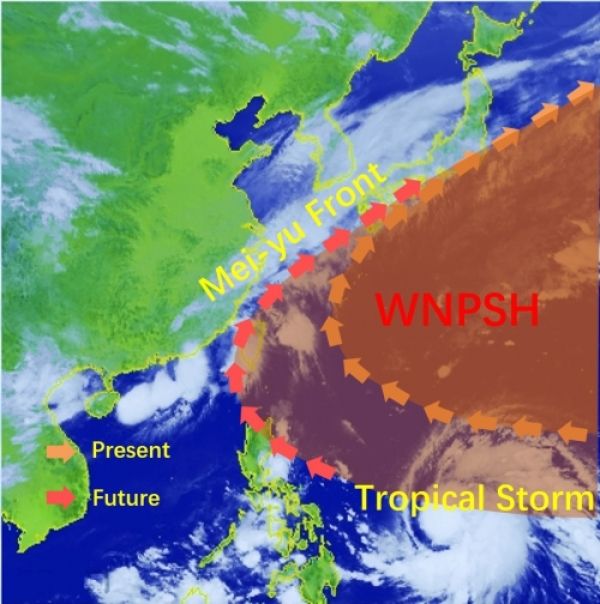It determines the strength and position of the Mei-yu/Baiu/Changma Front and the trajectories of typhoon and western Pacific tropical cyclones. How it will change in the future concerns the livelihood of many millions of people.
The answer from state-of-the-art climate models is currently ambiguous. A total of 35 models participating in the Fifth Phase of Coupled Model Intercomparison Project (CMIP5) cannot agree on the sign of future changes.
A new research published in Nature Communications on June 4 led by researchers from the Institute of Atmospheric Physics (IAP) of the Chinese Academy of Sciences, with collaborators from the Met Office Hadley Centre in the UK and Nanjing University, found that such uncertainties are mainly resulted from systematic biases in simulating the historical sea surface temperature from individual models.
Continue reading at Chinese Academy of Sciences
Image via Chinese Academy of Sciences


